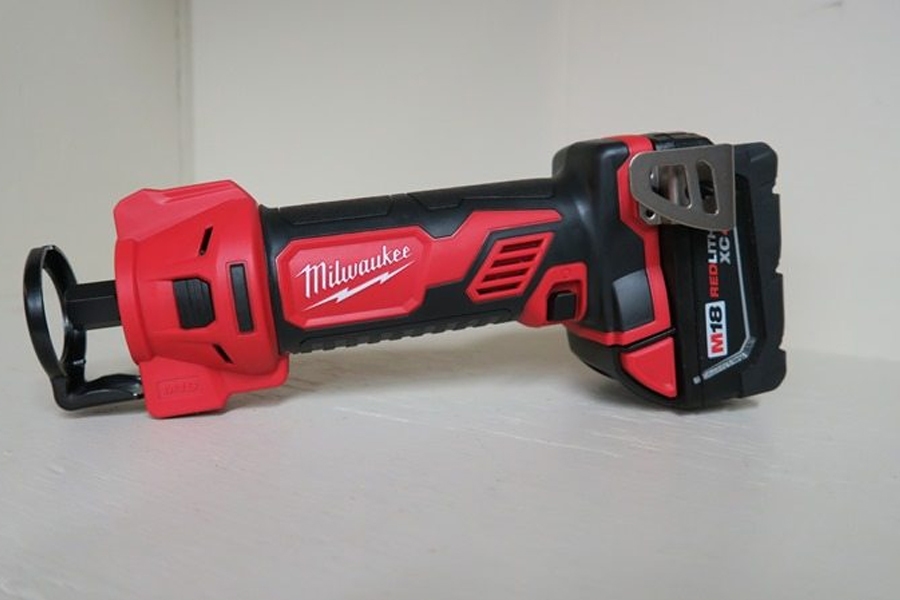Dry Wall Cutter: Effortlessly Carve Your Way to Perfect Walls
Choose the right blade. There are a variety of blades available for drywall cutters, each designed for a specific purpose. For example, there are blades for cutting straight lines, curves, and holes. Choose the blade that is best suited for your project.
Make sure the blade is sharp. A dull blade will make it difficult to cut through drywall and could damage the blade.
Wear safety glasses. Drywall dust can be harmful to your eyes, so it is important to wear safety glasses when using a drywall cutter.
Make sure the area is well-ventilated. Drywall dust can be irritating to your lungs, so it is important to make sure the area is well-ventilated when using a drywall cutter.
Start by making a small cut. Once you have chosen the right blade and made sure it is sharp, start by making a small cut in the drywall. This will help you to get a feel for the blade and to make sure you are cutting in the right place.
Cut slowly and carefully. There is no need to rush when using a drywall cutter. Cut slowly and carefully to avoid damaging the drywall or the blade.
Clean up the mess. Once you have finished cutting, be sure to clean up the mess. Drywall dust can be difficult to remove, so it is important to vacuum up the dust and to wet-mop the area.
By following these tips, you can use a drywall cutter to effortlessly carve your way to perfect walls.
Here are some additional tips:
Use a straightedge to help you make straight cuts.
If you are cutting a hole, use a compass to mark the circumference of the hole.
If you are cutting a curve, use a jigsaw to help you make the cut.
Be careful not to cut yourself on the sharp edges of the drywall.
Wear gloves to protect your hands from the drywall dust.
Dispose of the drywall waste properly.
Here are some of the features of a drywall cutter:
A sharp blade: The blade is the most important part of a drywall cutter. It needs to be sharp enough to cut through drywall without tearing it.
A comfortable handle: The handle should be comfortable to hold, even for long periods of time.
A safety guard: The safety guard should protect the user from the blade.
A variety of blades: There are a variety of blades available for drywall cutters, each designed for a specific purpose. For example, there are blades for cutting straight lines, curves, and holes.
A dust collection system: A dust collection system is important to help reduce the amount of dust created when cutting drywall.
By choosing a drywall cutter with the right features, you can make the job of cutting drywall easier and safer.



